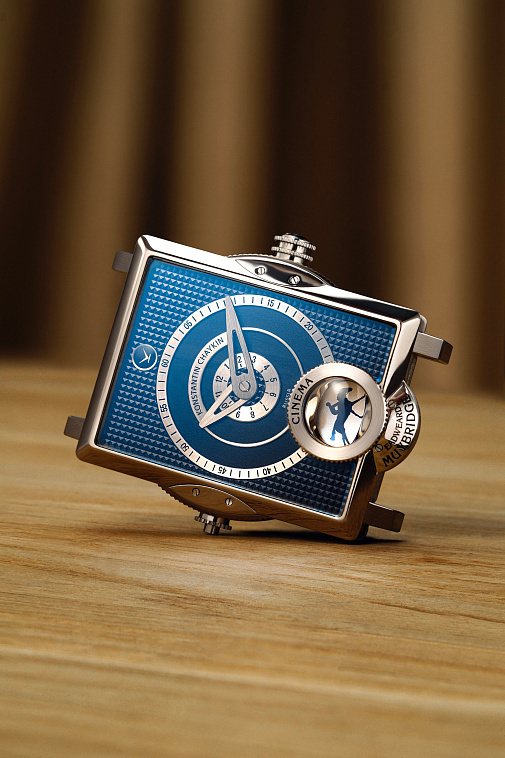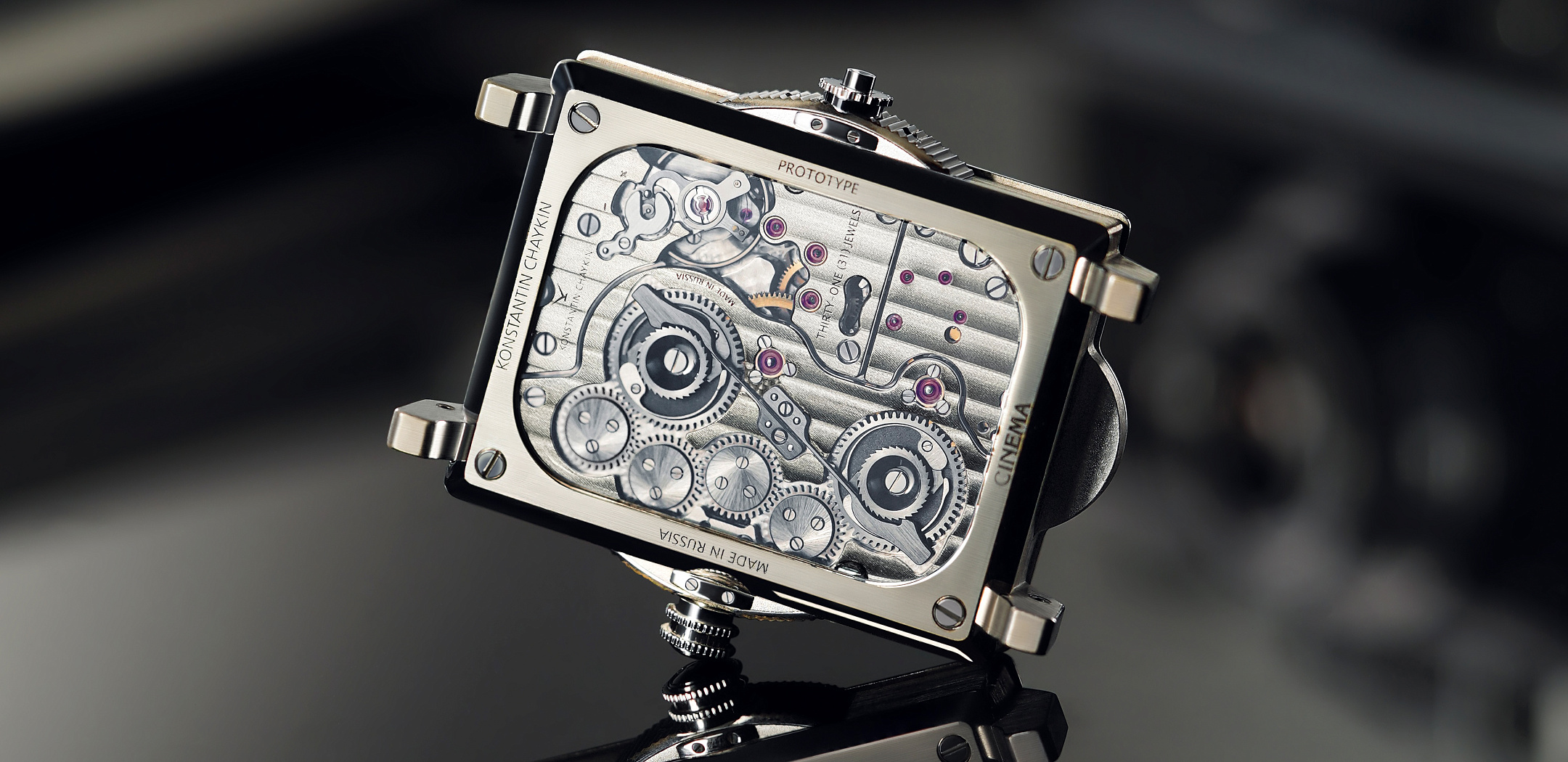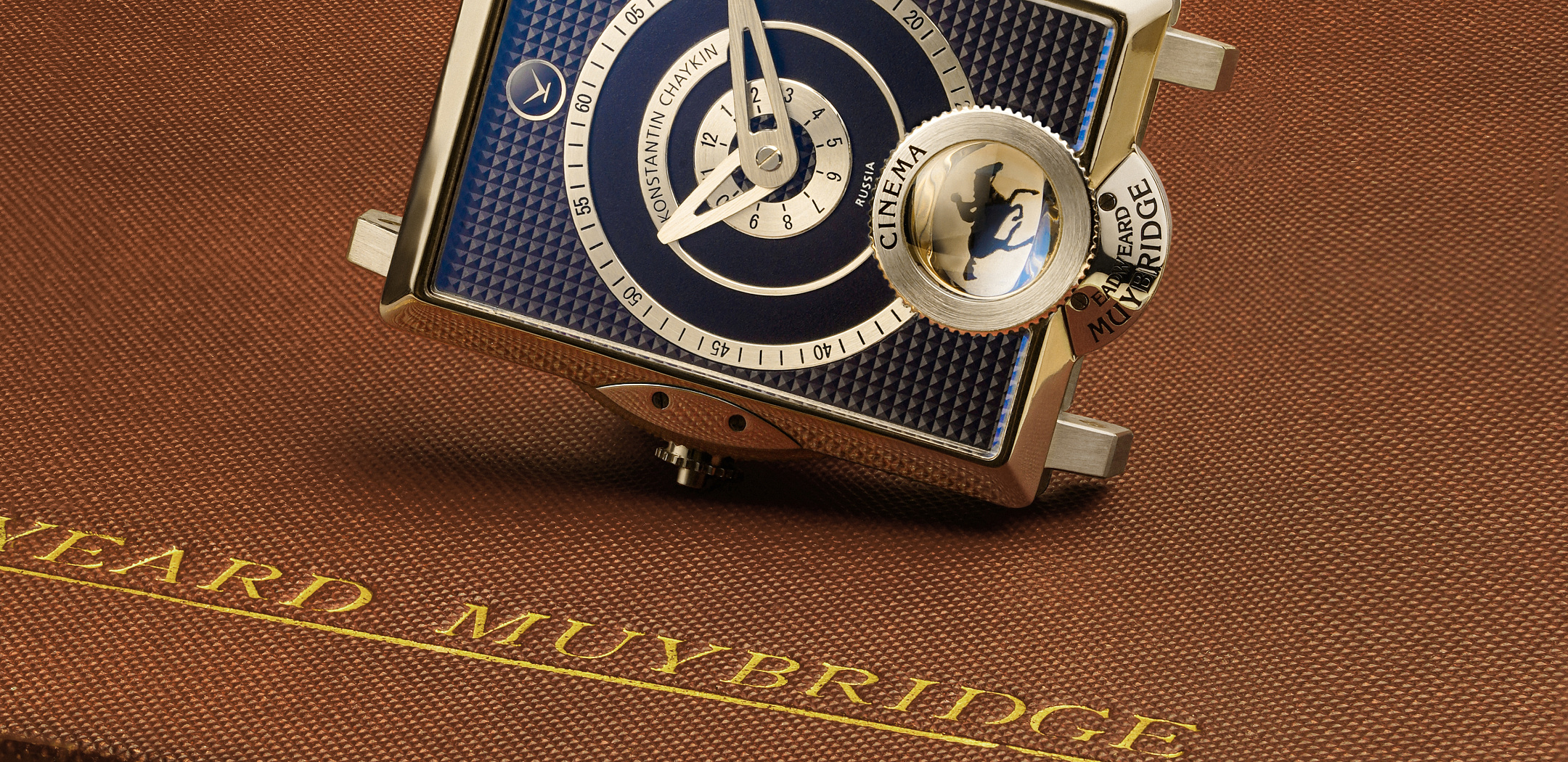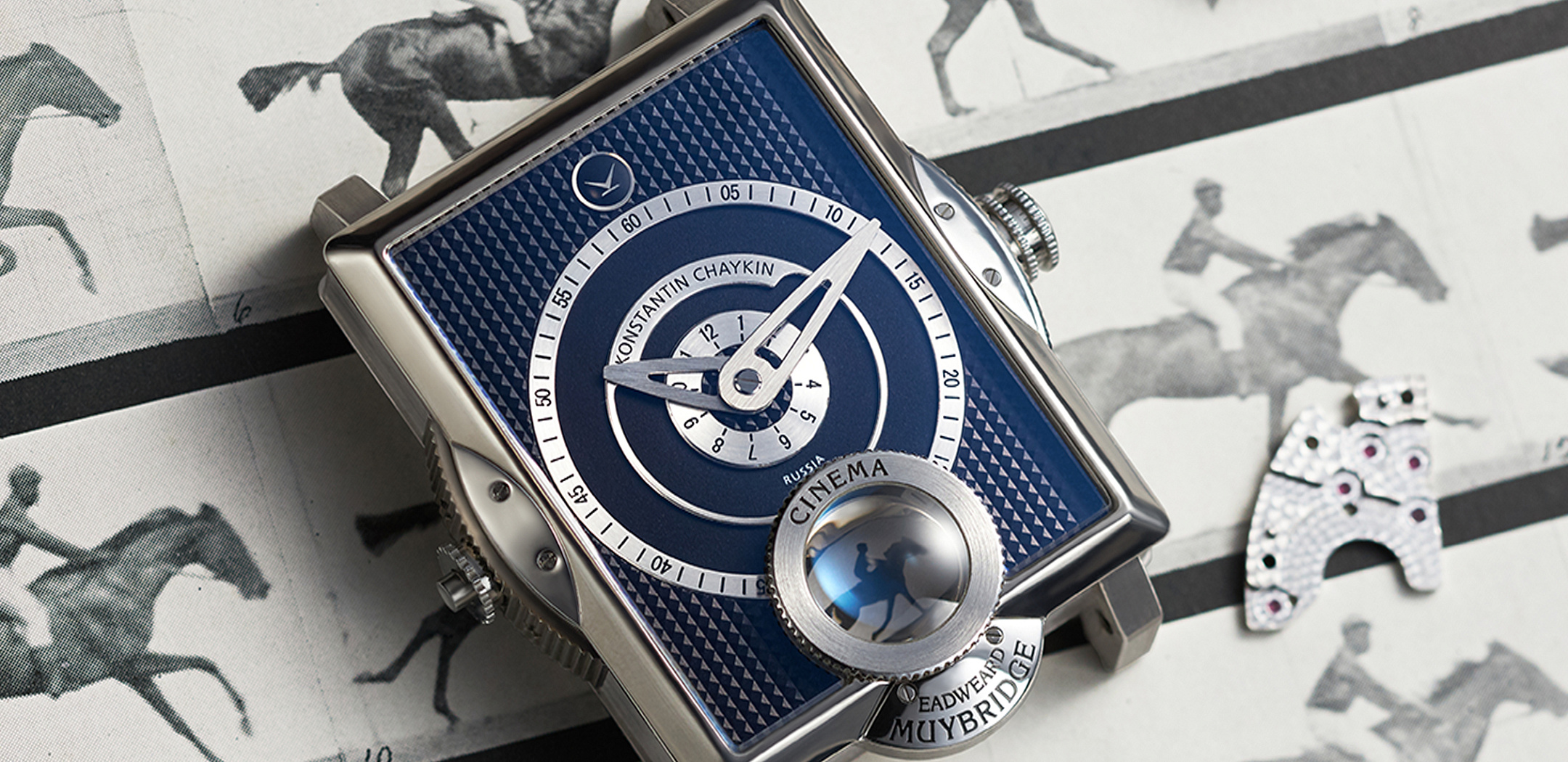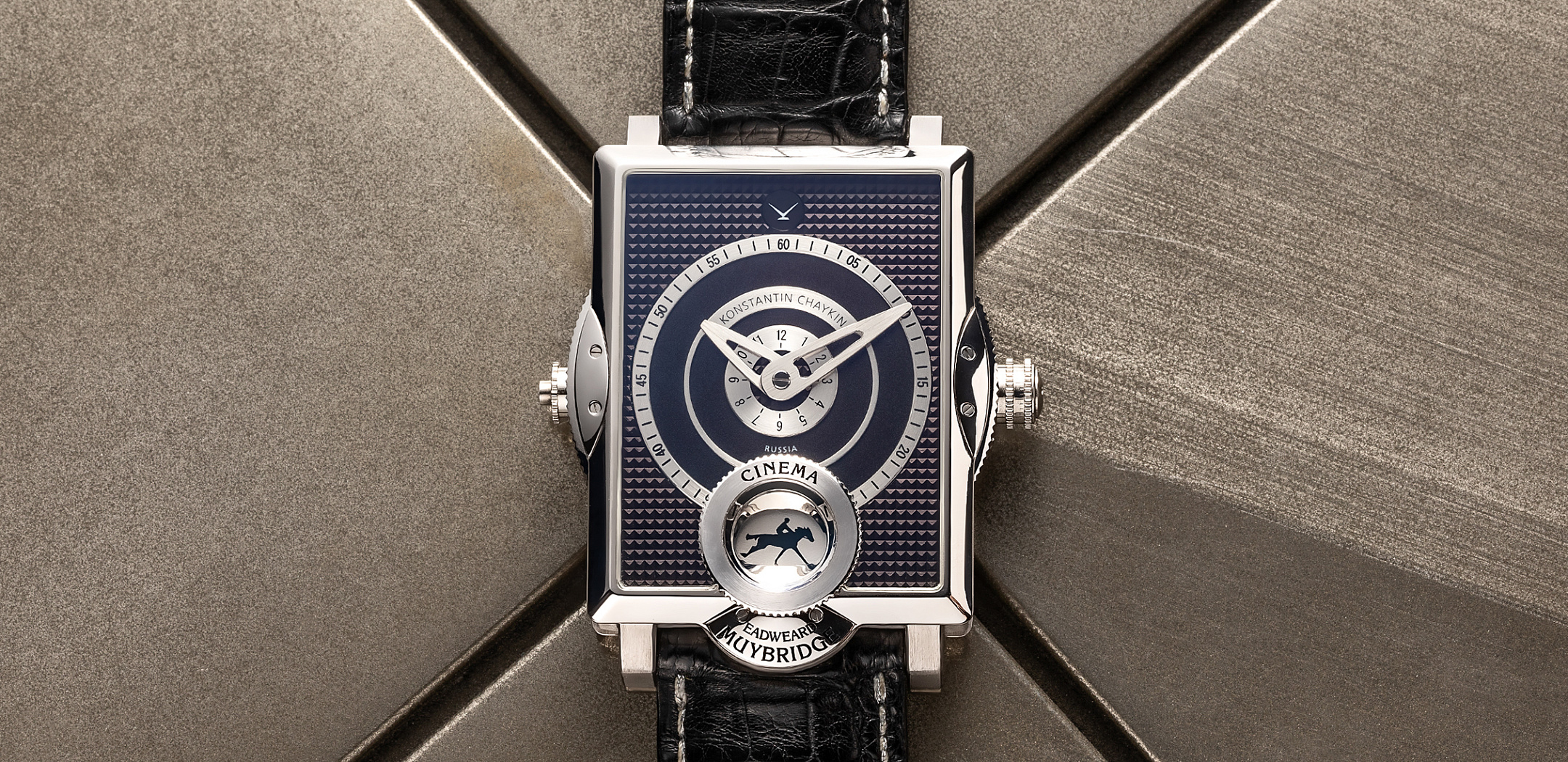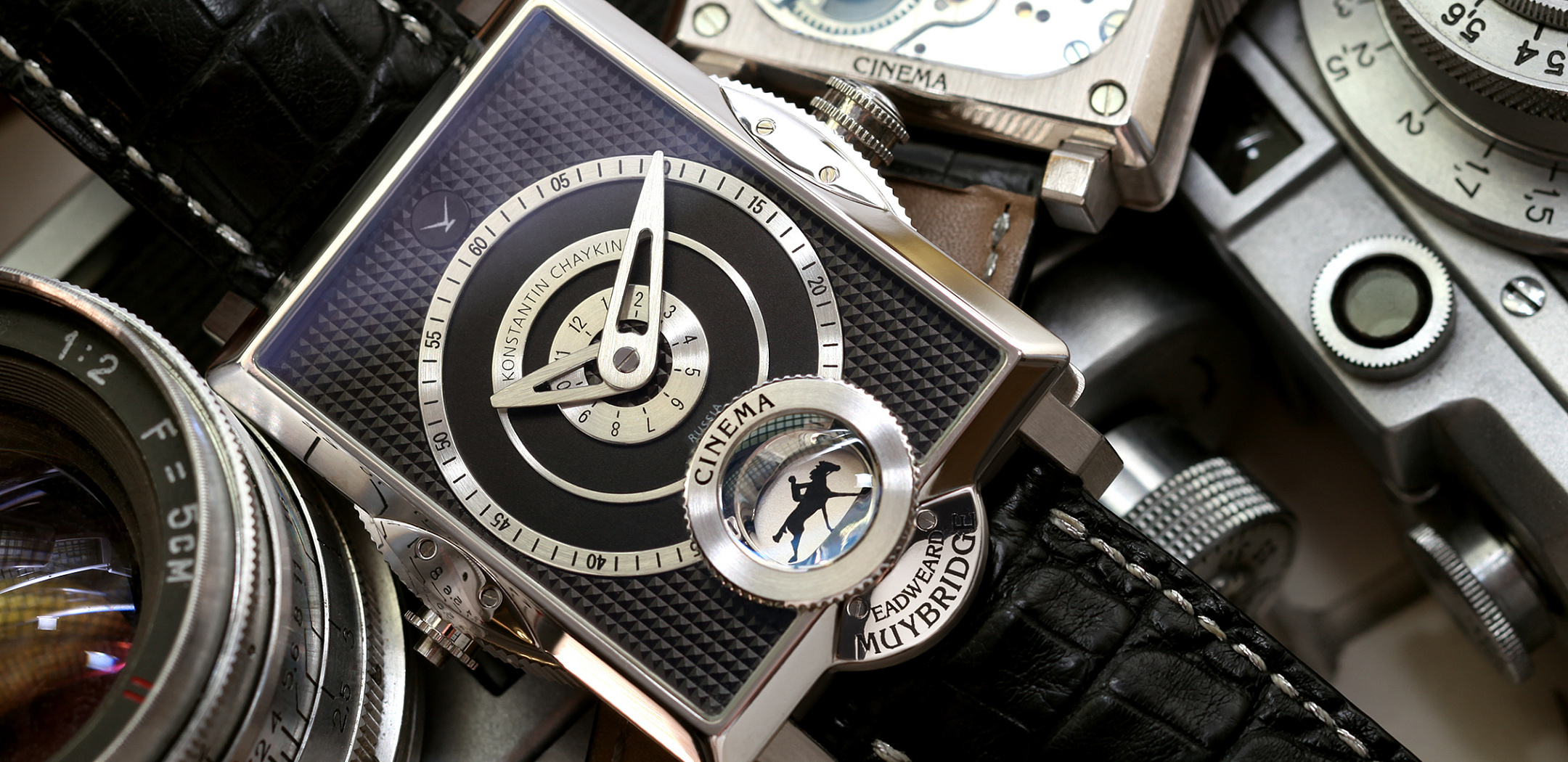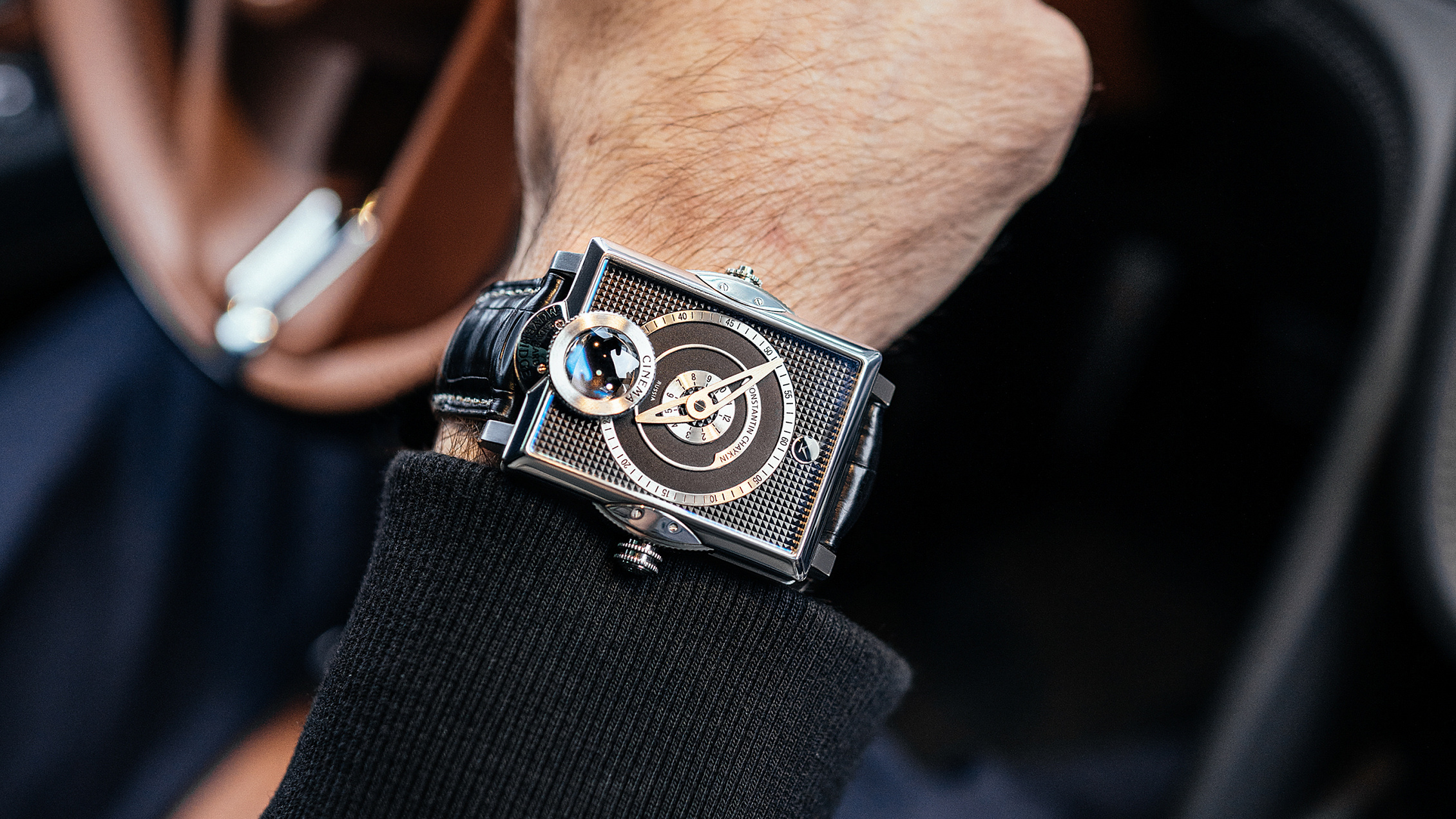
Cinema
СASE BACK
When developing the miniature device for creating the galloping horse image, Konstantin Chaykin constructed a miniature version of Eadweard Muybridge’s zoopraxiscope, improved upon by Chaykin by adding a shutter and a Geneva drive with a wheel in the shape of a Maltese cross. This is how, at the end of the 19th Century, cinematographic development occurred, when the pioneers of cinematography borrowed the idea of converting continuous rotation into intermittent rotation from watchmakers, using the long-known watchmaking tradition of a drive wheel in the form of a Maltese cross.
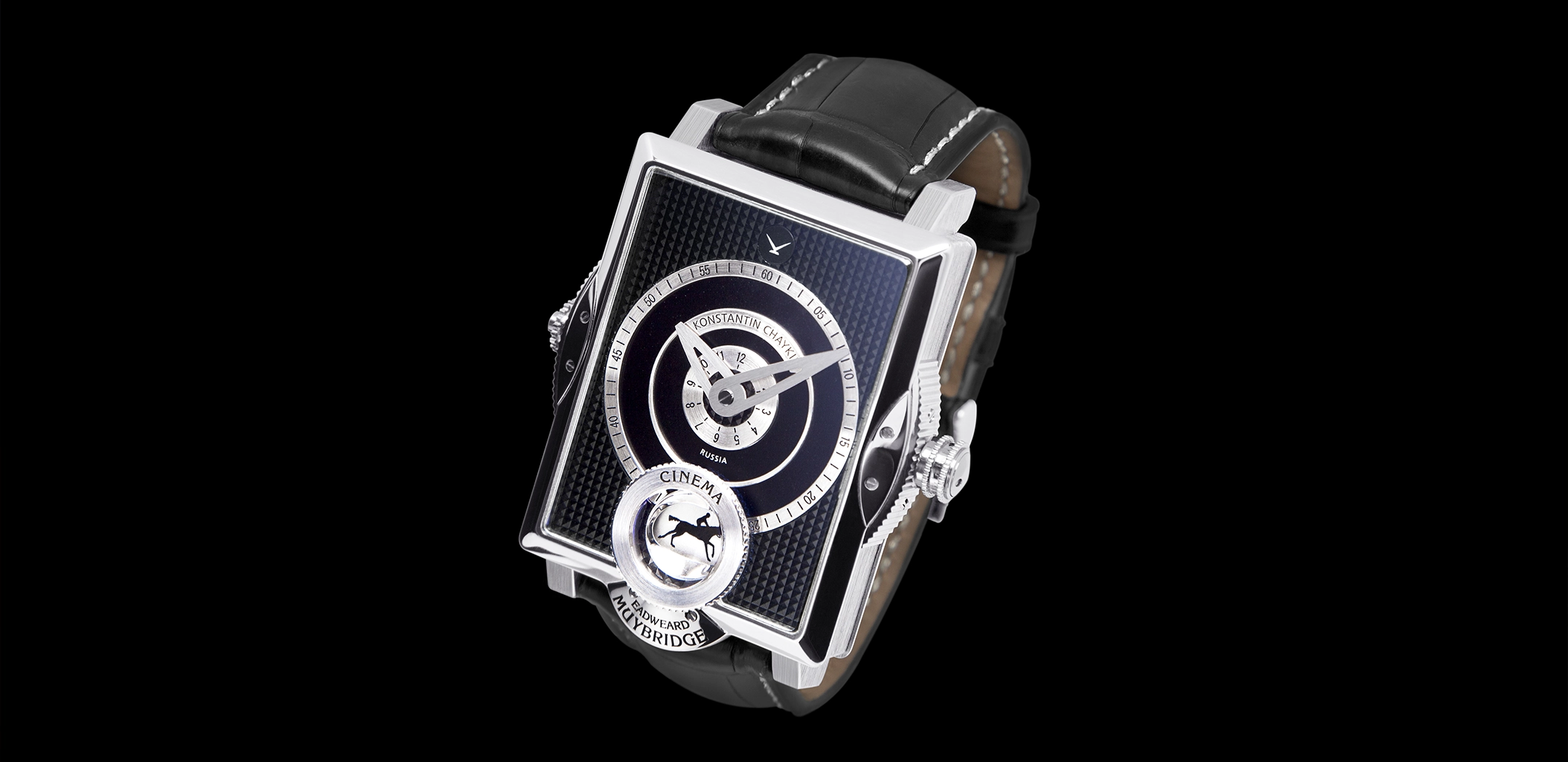
PRODUCTION PROCESS
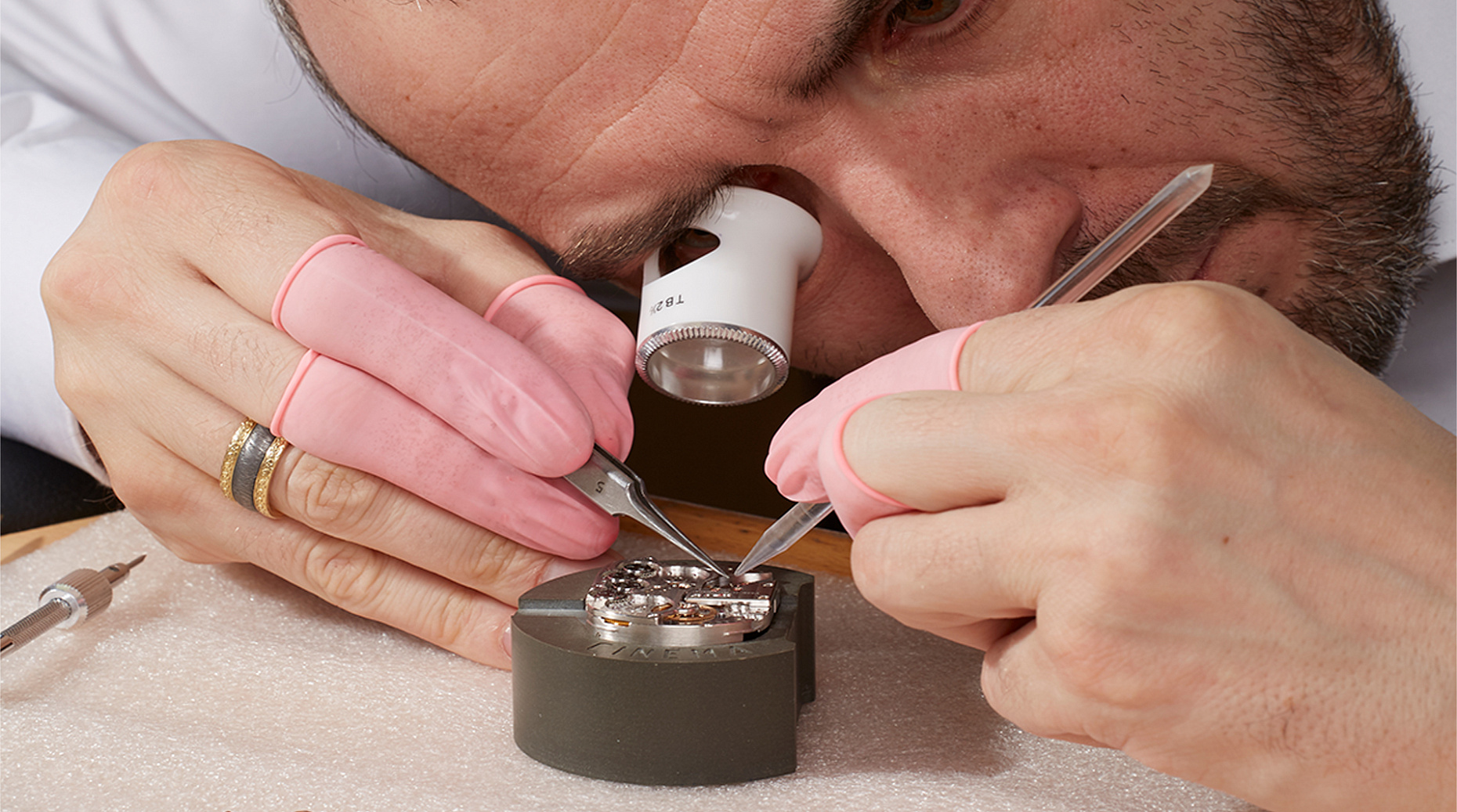
A miniature zoopraxiscope is built into the mechanism, demonstrating the running of a horse, filmed by Maybridge. By pressing the clock button, you can see the very movie that began the history of cinema!
Show video
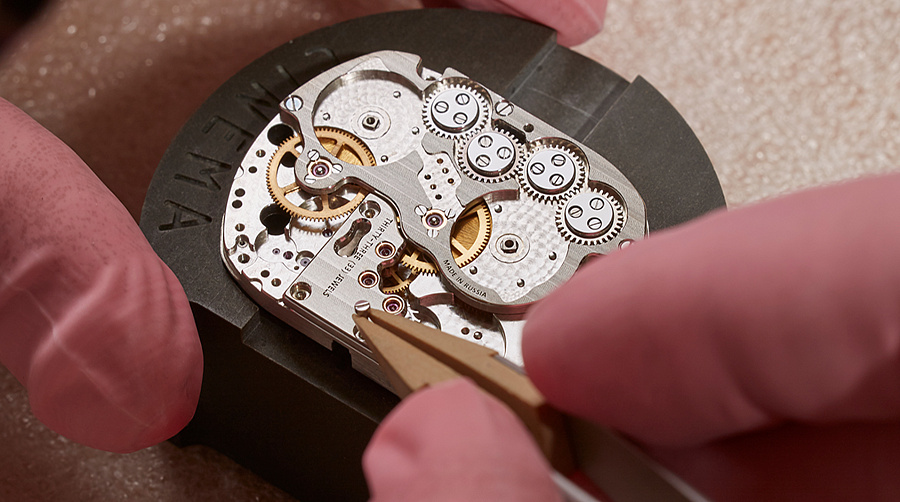
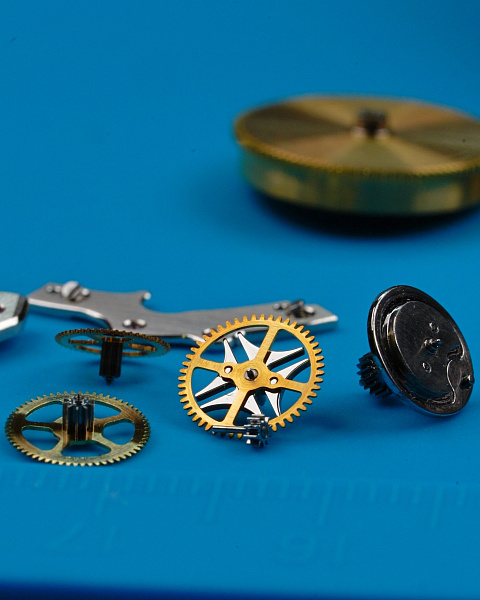
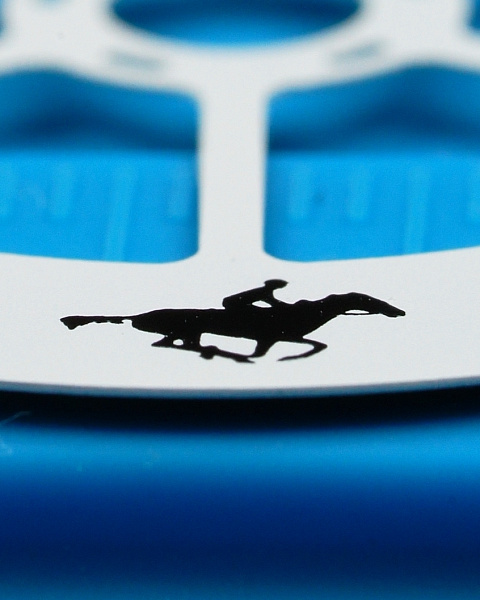
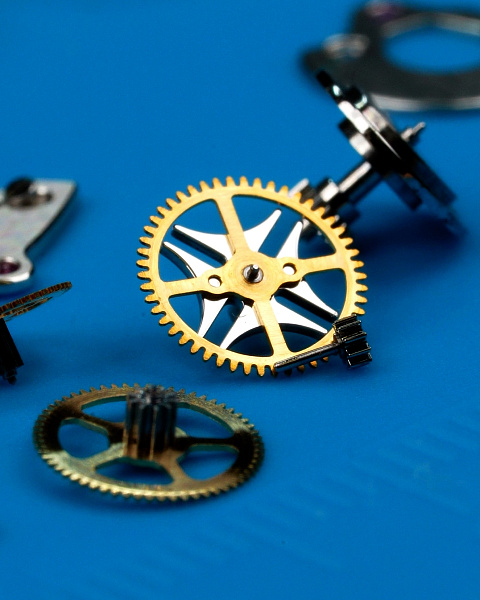
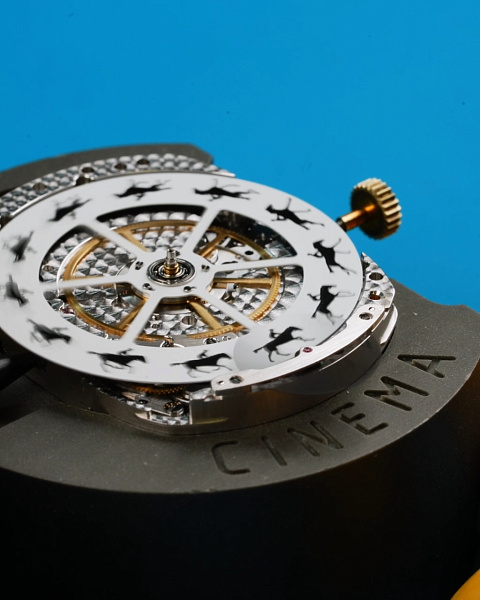
MOVEMENT
The calibre K.06-0 of the “Cinema” watch was developed by Konstantin Chaykin and is equipped with a miniature zoopraxiscope, a mechanical animation device which shows the image of a galloping horse. The movement was made entirely at the Konstantin Chaykin manufactory and is made according to the standards of haute horlogerie. Components finished using classical techniques: abrasive blasting; pearl and striped textured grinding; fine longitudinal, radial and circular grindings; manual chamfering, polishing; polished screw holes, pins and jewels; spherical polishing of the axel tips; and galvanized plating of rhodium and gilding. A distinctive feature of the movement is the use of five gold ouches, two of which are screwed, and a branded regulator (a device developed by Konstantin Chaykin to fine tune the effective length of the spring).
Caliber: K06-0 with hand winding by Konstantin Chaykin manufacture
Stroke accuracy: +/-15 seconds per day
Power reserve: 45 hours
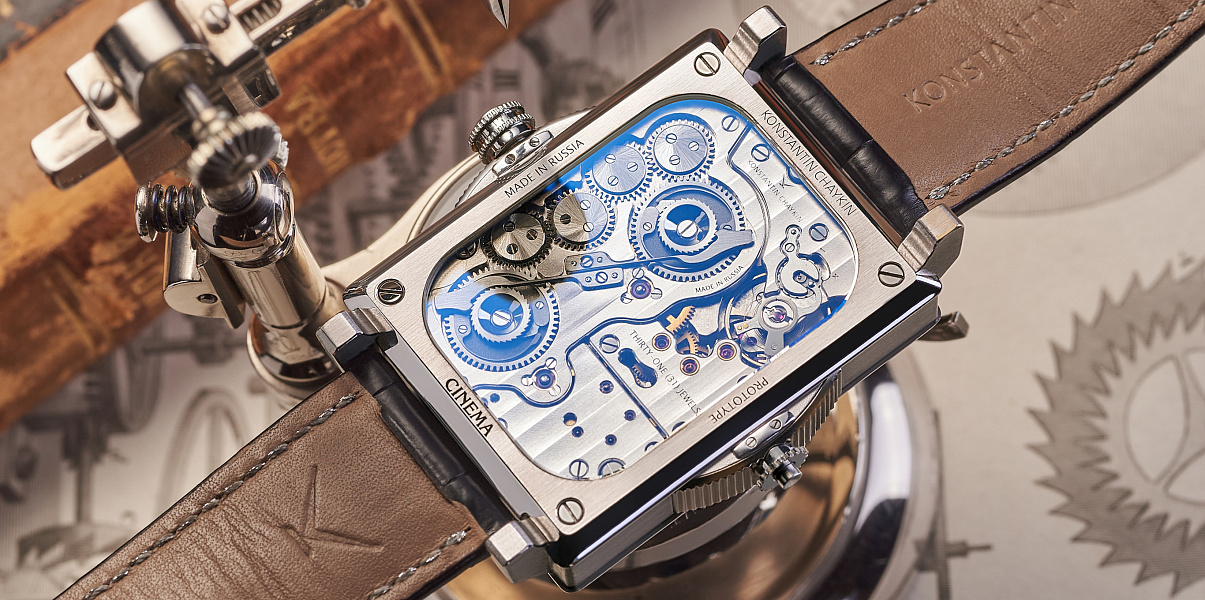
CASE
In the design of the “Cinema” watch Konstantin Chaykin tries to recapture the feel of those times when cinematic and photographic equipment were still mechanical. The “Cinema” watch and its historical predecessors are not only related by how they look, for example a rectangular metallic case with slightly rounded corners, black relief décor, convex glass lens, ridged sides, a dial resembling an old camera lens, and hour and minute dials in the form of lens rings, but also the fact that everything in its design is functional. The semi-circular protrusion in the lower part of the case is for the obturator – a miniature rotating shutter that closes the aperture of the zoopraxiscope as the frame is changed to prevent the animation being blurred. Konstantin Chaykin used the convex protrusions on the sides of the case so that the diameter of the disk with the miniature images of the galloping horse could be as large as possible, and the animation as impressive as possible.
Case dimensions(mm): 47,6×37,6×13,8
ZOOPRAXISCOPE
The frames of the animation change every 0.07 seconds when in operation, with the shutter working at the same speed. The winding crown and the button to operate the animation are located symmetrically on the sides of the case, in the “3 o’clock” and “9 o’clock” positions respectively. There is a single winding mechanism, turned clockwise to wind the watch mechanism and anticlockwise for the animation mechanism. And by the way, a galloping horse really does momentarily take all four legs off the ground.
